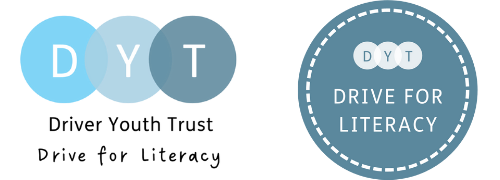DfE announces 37 special schools: more money, more problems?
4/8/2020
The Department for Education has published it’s annual report on the number of young people with special educational needs and disabilities (SEND). The upward trend, which started in 2016, continues with more young people being labelled as SEND than in the previous year, up from 14.9% in 2019 to 15.5% today. A one percent increase might not seem like much, but this is the equivalent of 100,000 young people.
Alongside its COVID-19 response, the DfE has also announced a number of key developments in the past month.
More money
£350 million has been promised to pay for tutoring as part of the government’s catch up programme, with all schools being eligible, including special schools and AP. The irony of any programme aimed at ‘catch up’ won’t be lost on anyone where young people with SEND are concerned.
We know that young people with SEND learn best when teaching is explicit and tailored to their needs. It’s difficult to see how short term tutoring will help these learners without adequate assessment of need, especially where they have persistent difficulty in reading or writing.
Targeted support is often delivered in small groups or on a one-to-one basis, but questions arise when we delve into the specifics of the national tutoring programme (NTP). Will tutors be experienced enough to make a real difference? Will they deliver adequately evidence-based targeted support?
New schools
The DfE also announced 3,000 additional special school places, with 37 new special schools being created across all eight regions. These schools will predominantly provide for young people with SEMH, SLCN or ASD.
My take on this:
- Speech, Language and Communication Needs (SLCN) continue to be the biggest area of need, so additional provision is welcome. However, given that the vast majority of young people with SLCN are on SEN support, this is unlikely to have a wider impact on the system.
- The need for Social, Emotional & Mental Health (SEMH) support continues to rise, but I can’t help but think that this is a reaction to the crises in CAMHS and local offers for mental health support, rather than a need for special educational provision. The value of specialist professionals cannot be overestimated, and we know how fragile the SEND ecosystem can be.
- Young people with Autism Spectrum Disorder (ASD) continue to be the most likely to have an EHCP, but given the incidence of ASD generally, you might wonder whether more young people with a diagnosis will be in special schools rather than mainstream. This speaks to how inclusive schools really are, or can be.
The main issue here is the lack of support being made available for young people on SEN support. Those with an Education, Health and Care Plan (EHCP) urgently need better provision as well, but they number just under 300,000. What about the other eight-in-ten (nearly 1.1 million) young people with SEND?
DfE’s response to the Education Select Committee (ESC) enquiry on SEND
Finally, the government has also published its response to the Education Select Committee’s enquiry into SEND. The DfE has set out what it has done to improve accountability, funding, value for money, culture change and teacher training, but continually makes that more detail will follow after the publication of it’s own internal SEND review. So, nothing to see here…
Given the pressures on schools right now and the massive impact COVID-19 could have on public spending in years to come, it’s unlikely that we will see many of the recommendations from the ESC enquiry fulfilled. The pandemic has shown how well the system can adapt to new challenges in the short term. It remains to be seen whether sustained improvements to inclusion across all schools materialise, but the immediate outlook is not promising.
Chris Rossiter
Chief Executive, Driver Youth Trust
